SC Collegium Suggests Transfer of Four Chief Justices: Legal Analysis and Implications
- ByAdmin --
- 31 May 2025 --
- 0 Comments
The Supreme Court Collegium has recently suggested the transfer of four Chief Justices of various High Courts across India. This development has triggered widespread discussion on the constitutional framework governing judicial appointments and transfers, the rationale behind such transfers, and the legal provisions empowering the Collegium system.
Introduction
The Supreme Court Collegium’s recommendation to transfer Chief Justices is an essential aspect of maintaining judicial independence, promoting administrative efficiency, and ensuring the equitable distribution of judicial resources. These transfers, while seemingly administrative, carry significant constitutional weight, rooted primarily in Articles 124, 217, and 222 of the Indian Constitution, alongside judicial precedents.
The Collegium System: Constitutional and Judicial Foundations
Constitutional Provisions
- Article 217(1): Empowers the President to appoint High Court Judges after consultation with the Chief Justice of India (CJI), the Governor of the State, and the Chief Justice of the concerned High Court.
- Article 222: Allows the President, after consultation with the CJI, to transfer a judge from one High Court to another.
- Article 124(2) & (4): Deals with the appointment and removal of Supreme Court Judges, laying down the groundwork for judicial appointments and indirectly impacting the Collegium system.
The Collegium Mechanism
The Collegium, comprising the Chief Justice of India and the four senior-most Supreme Court Judges, evolved through landmark Supreme Court judgments, notably:
- Supreme Court Advocates-on-Record Association v. Union of India (1993) — Second Judges Case: Established the Collegium as the authority for judicial appointments and transfers.
- In re Special Reference 1 of 1998 — Third Judges Case: Clarified and expanded the Collegium’s role, emphasizing primacy in appointments and transfers to safeguard judicial independence.
Legal Grounds and Rationale for Transferring Chief Justices
The transfer of Chief Justices is constitutionally permissible and often justified on several grounds:
- Promoting Judicial Impartiality and Independence
Transfers can prevent undue influence, regional biases, or entrenched local interests from affecting the judiciary's impartiality.
- Administrative Efficiency and Balancing Workloads
Redistribution of judicial leadership can optimize case management and resource allocation across High Courts.
- Personal Preferences and Welfare
Occasionally, transfers are also based on personal reasons, health, or requests by the judges themselves.
- Ensuring National Integration of the Judiciary
Transfers encourage the cross-pollination of judicial ideas and promote a pan-Indian judicial culture.
Process of Transfer and the Role of the Collegium
- The Chief Justice of India, in consultation with the Collegium, initiates the proposal for transfer.
- Consultations with the affected Chief Justices and the respective High Court judges occur.
- After finalization, the recommendation is sent to the Union Law Ministry and then to the President of India.
- The President issues the formal transfer order under Article 222.
The Collegium’s recommendations are binding on the government, barring exceptional circumstances, reflecting judicial supremacy in matters of judiciary appointments.
Legal Controversies and Judicial Responses
Despite constitutional backing, the Collegium system and transfers have faced criticism for:
- Opacity: The Collegium’s decisions lack formal transparency or detailed public reasoning.
- Alleged Arbitrary Transfers: Some transfers are perceived as punitive or politically motivated.
- Calls for Reform: Proposals include greater parliamentary oversight or a National Judicial Appointments Commission (NJAC).
The Supreme Court in Supreme Court Advocates-on-Record Association v. Union of India (2015) struck down the NJAC Act, reaffirming the Collegium system while urging improvements in transparency.
Impact of Transferring Four Chief Justices
The recent recommendation to transfer four Chief Justices illustrates:
- The Collegium’s active role in judicial administration.
- The strategic balancing of judicial leadership across states.
- Potential effects on judicial independence and local administration.
Transfers, if handled judiciously, can enhance judicial functioning, but improper handling might disrupt continuity and morale.
Conclusion
The Supreme Court Collegium’s suggestion to transfer four Chief Justices is firmly grounded in constitutional authority under Articles 217 and 222. While the Collegium system continues to face calls for reform and greater transparency, its role remains pivotal in safeguarding judicial independence and ensuring efficient administration.
Going forward, a balanced approach involving transparency, judicial accountability, and respect for judicial independence will be key to maintaining public confidence in the judiciary’s transfer policies.








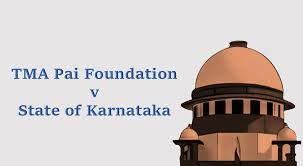


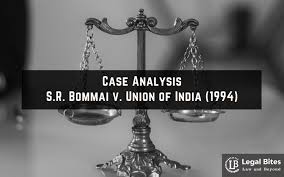





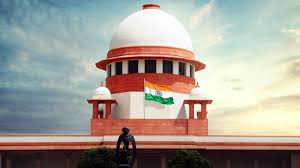


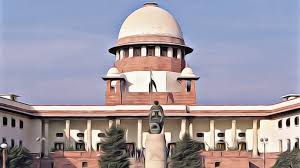

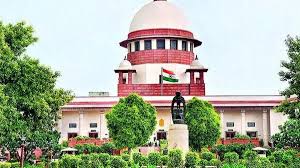









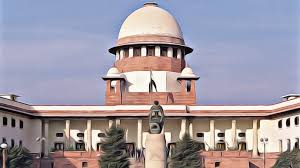




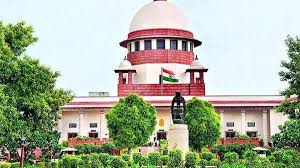



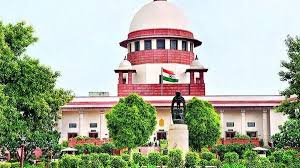
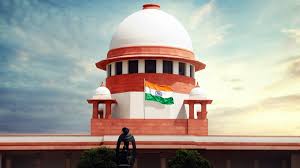



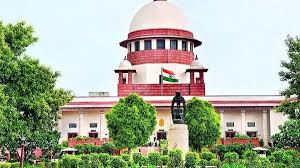


















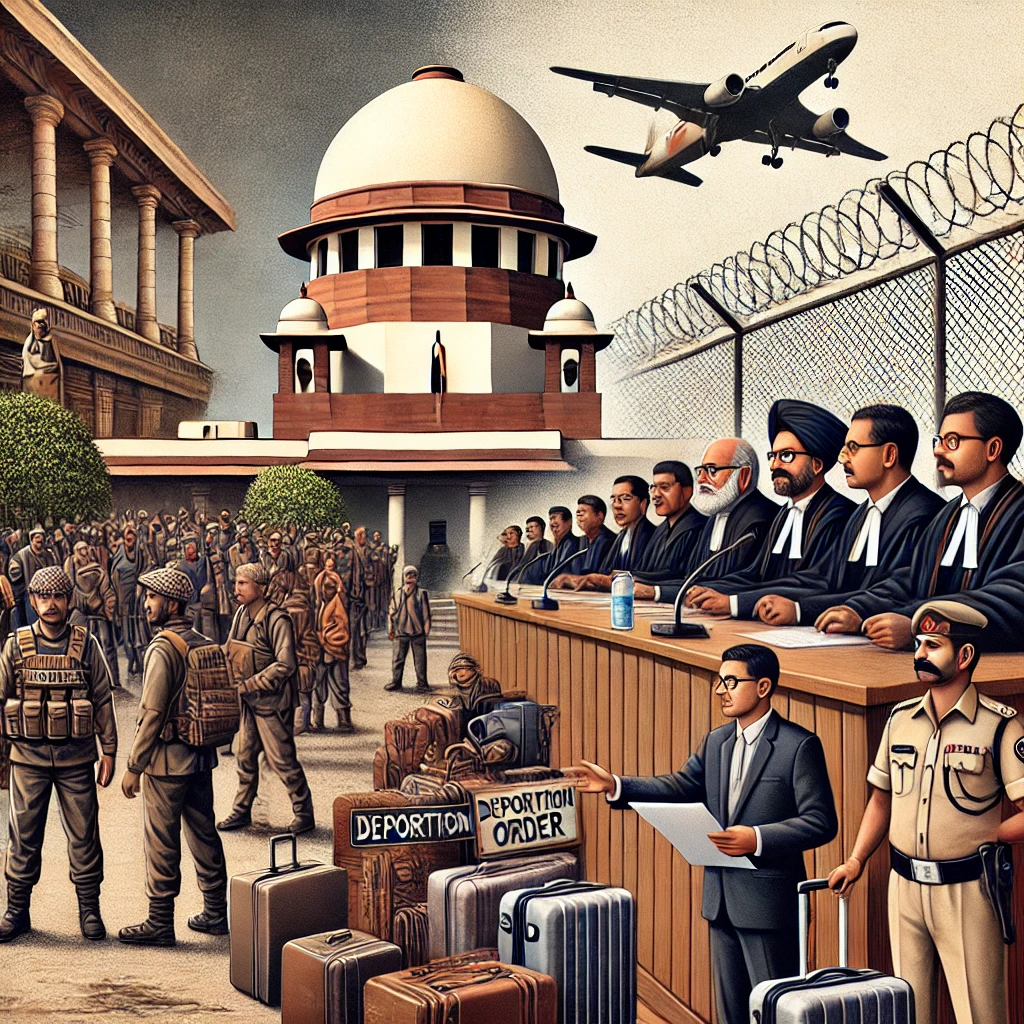
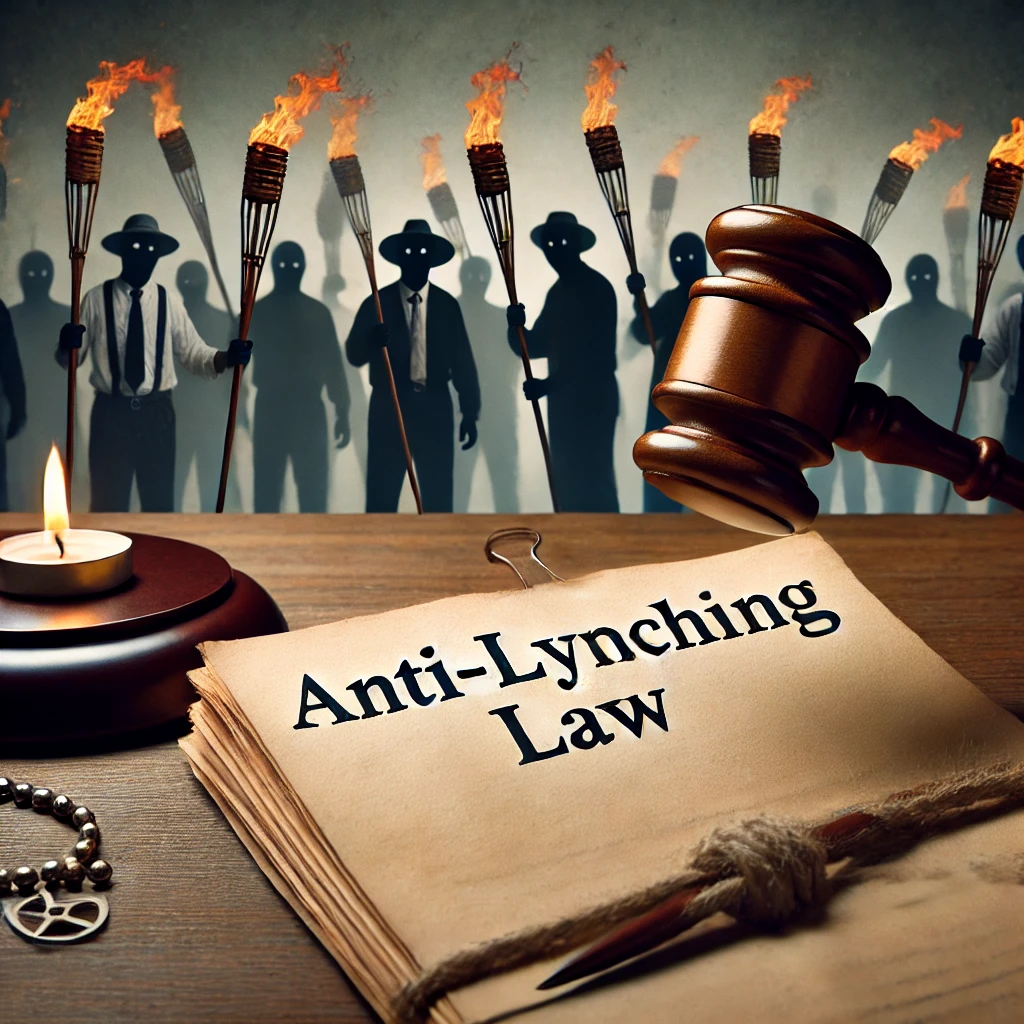
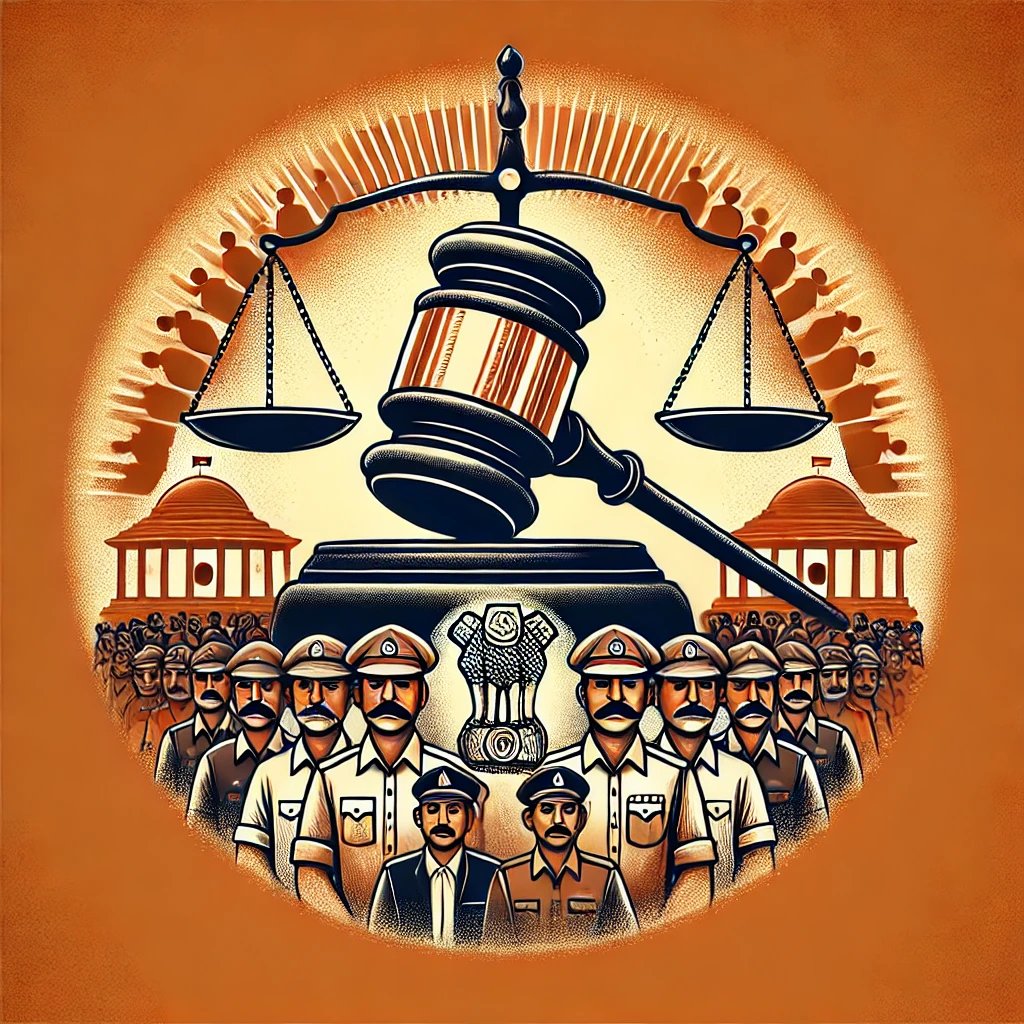

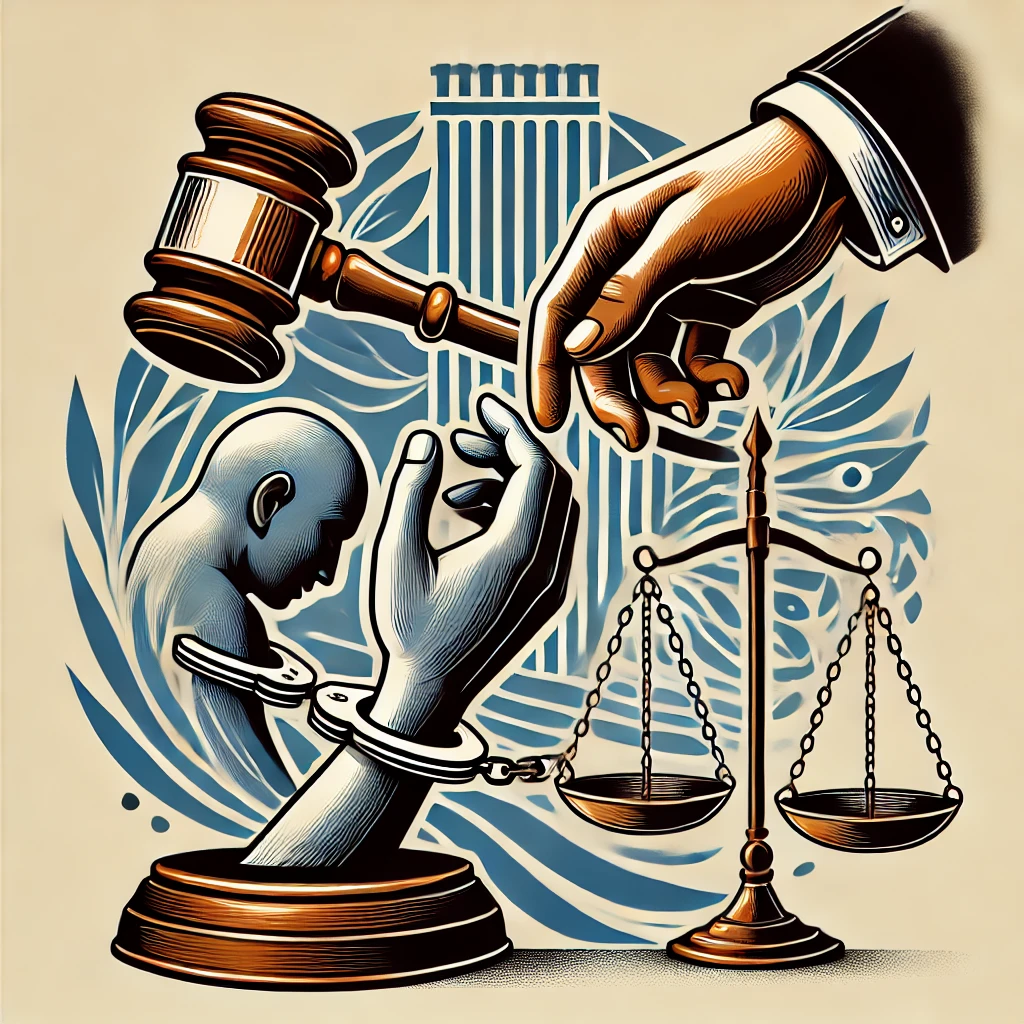




























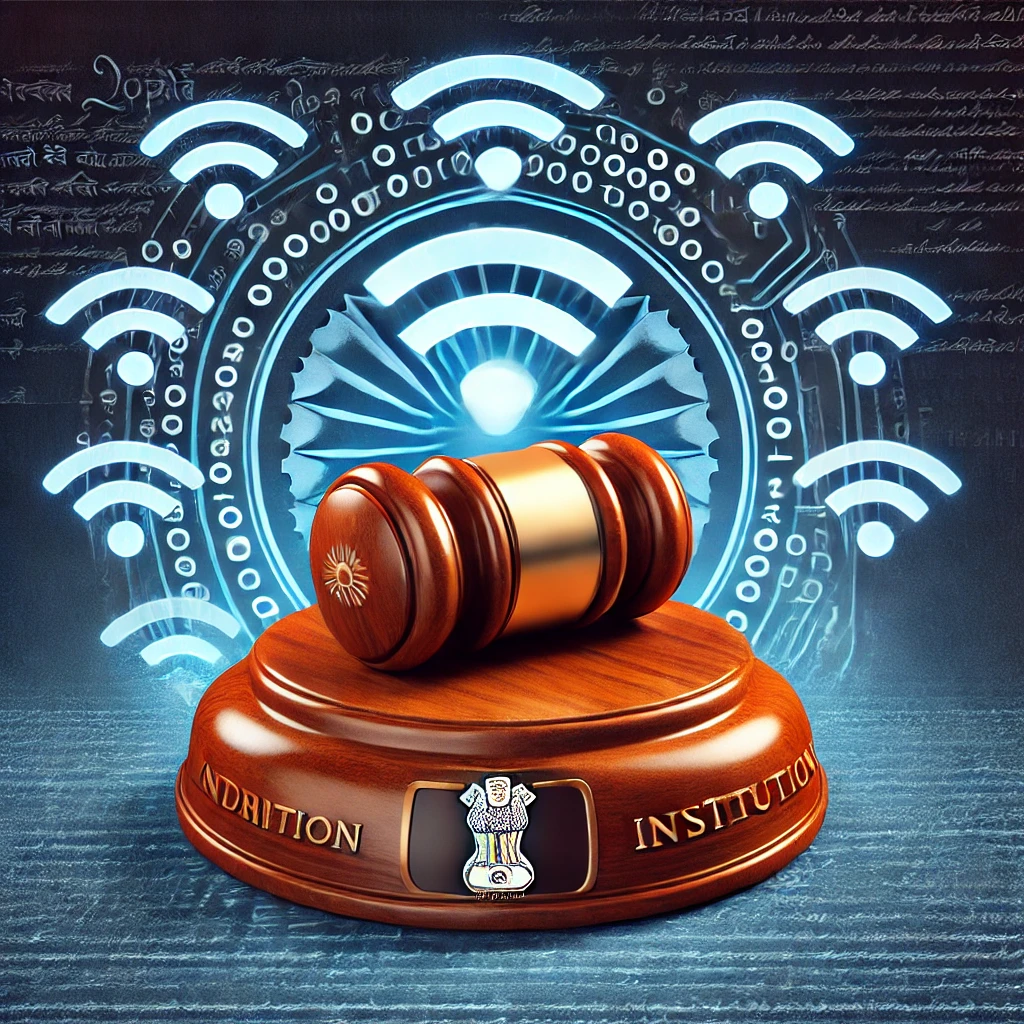


































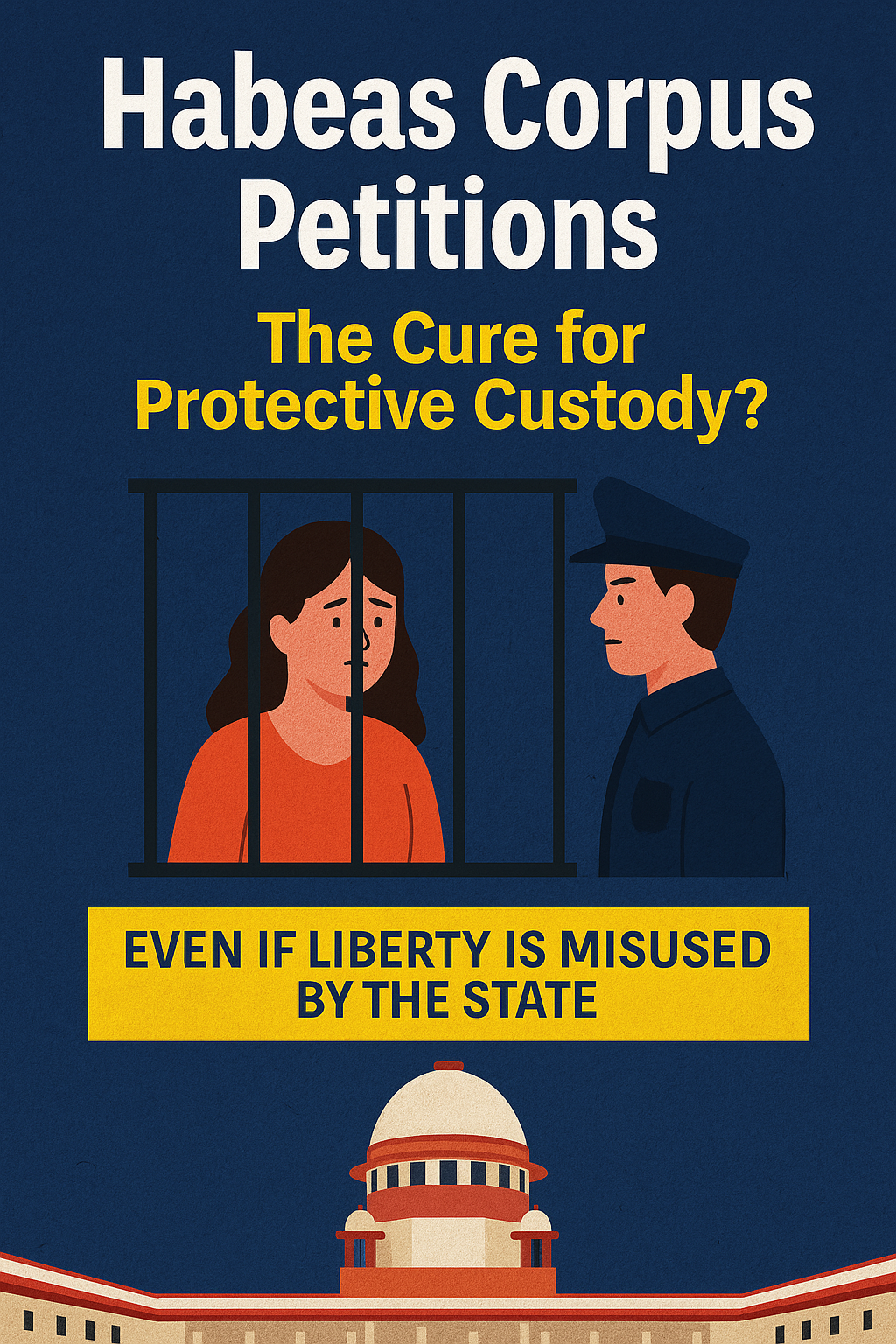


























































































































































































































































































































































































































































































































































































































































































































































































0 comments